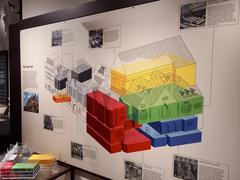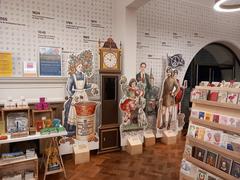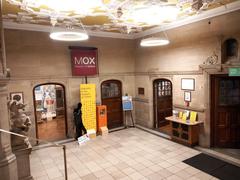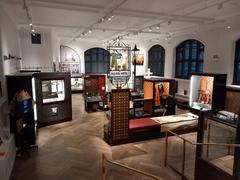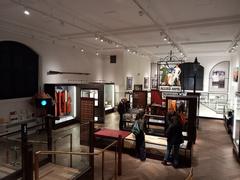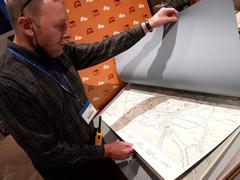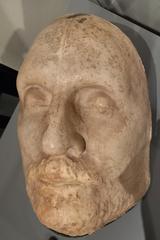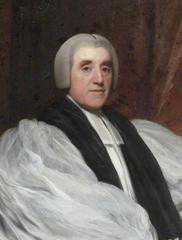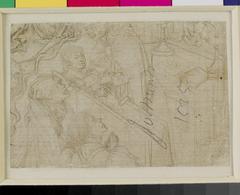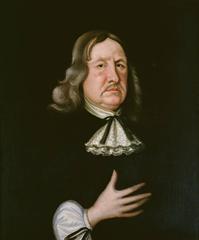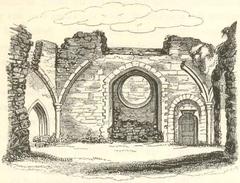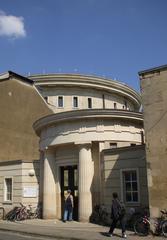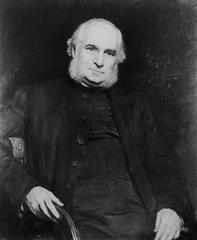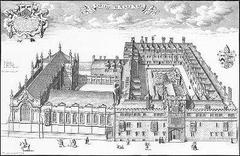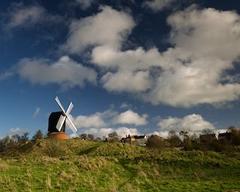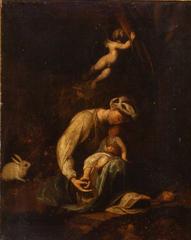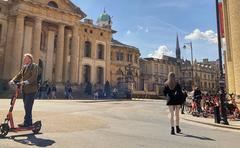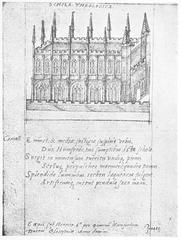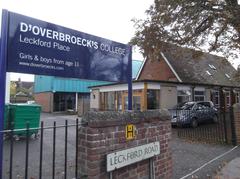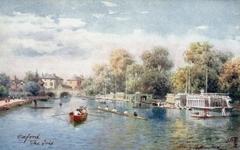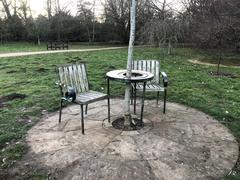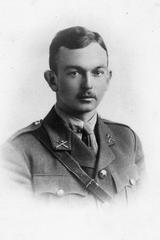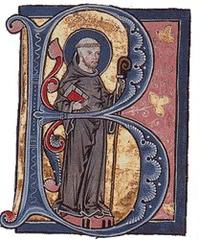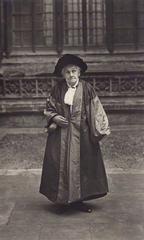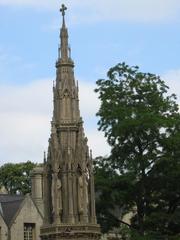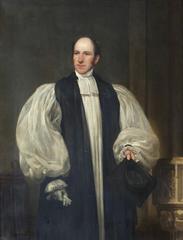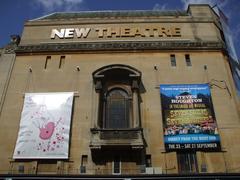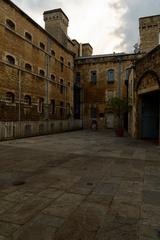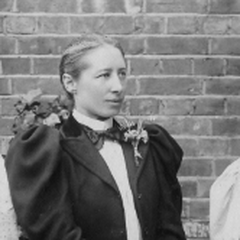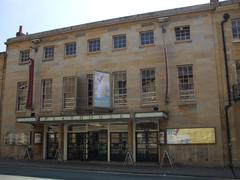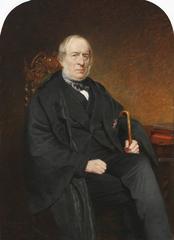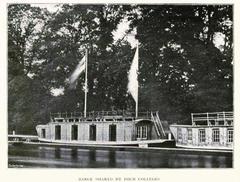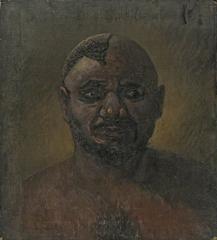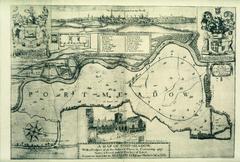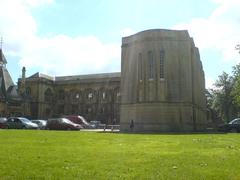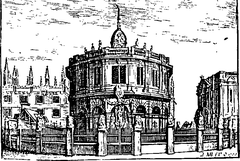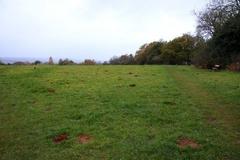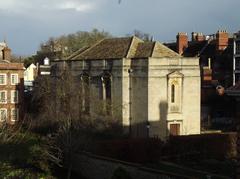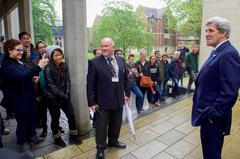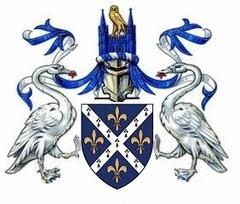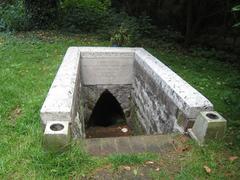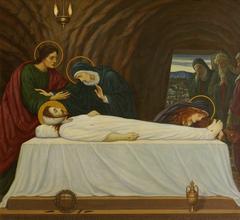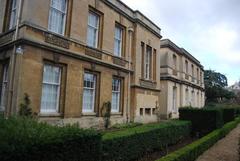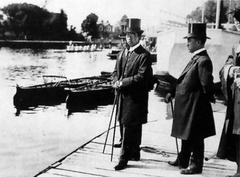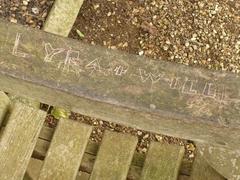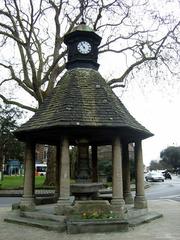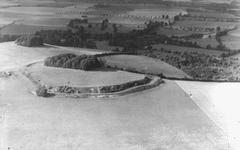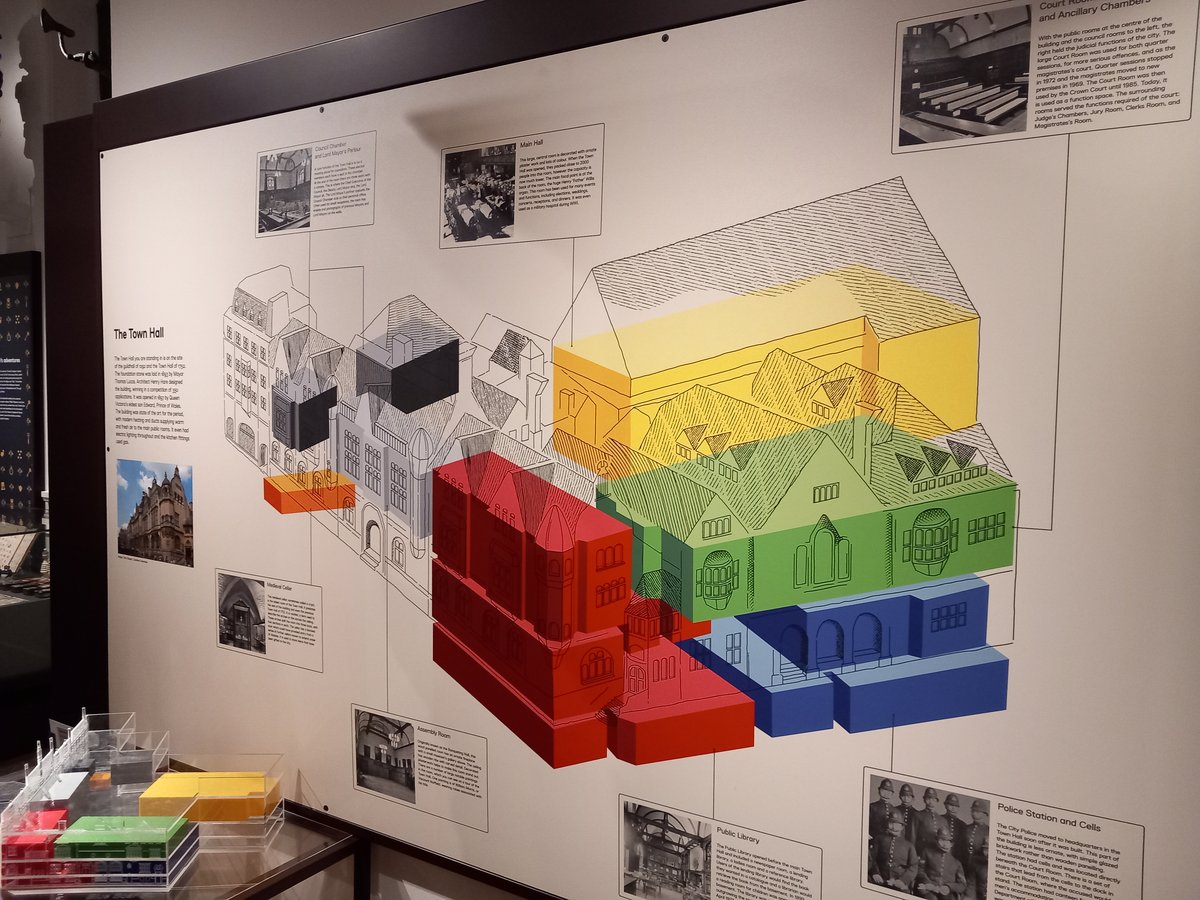
Museum of Oxford Visiting Hours, Tickets, and Historical Sites Guide
Date: 14/06/2025
Introduction: The Museum of Oxford—A Hub of Community and History
Nestled within the historic Oxford Town Hall, the Museum of Oxford (MOX) stands as a singular cultural institution devoted exclusively to the city’s social and community history. Founded in 1975 during Queen Elizabeth II’s Silver Jubilee, the museum was created to provide a platform for Oxford’s residents—focusing on their lived experiences beyond the university narratives that dominate other local museums (Museum of Oxford, Wikipedia). Over the years, MOX has evolved into a vibrant hub, championing inclusive storytelling and community participation.
The museum’s collections and exhibitions span from prehistoric times to the present, capturing local memories such as wartime experiences, sporting achievements, and the stories of underrepresented groups—including Black British, LGBTIQA+, and Windrush communities (Museums Association). A major refurbishment completed in 2021 expanded MOX’s exhibition space, modernized its facilities, and enhanced accessibility features. Today, MOX is a leader in democratic heritage interpretation, offering interactive displays, digital resources, and a welcoming environment for all visitors (Explorial).
This comprehensive guide covers visiting hours, ticketing, accessibility, nearby historical sites, and the museum’s unique cultural role. Whether you are a resident or a visitor, the Museum of Oxford invites you to discover the city’s rich and diverse heritage.
Table of Contents
- The Origins and Founding of MOX
- Community Engagement and Early Development
- Overcoming Financial Challenges
- Expanding the Narrative: Collecting Local Memories
- The 2018–2021 Refurbishment and Transformation
- Diversity and Hidden Histories
- Visitor Information
- Visuals and Media
- Frequently Asked Questions (FAQ)
- Conclusion and Travel Tips
- References
The Origins and Founding of the Museum of Oxford
Established in 1975, the Museum of Oxford was a response to the community’s desire for a museum focused on local stories, rather than Oxford’s academic legacy (Wikipedia). It opened in the Oxford Town Hall, using the former public library space on St Aldate’s Street (Museum of Oxford). This foundation reflected a broader movement in the 1970s toward celebrating local heritage and inclusivity (Museums Association).
Community Engagement and Early Development
From its inception, MOX prioritized the city’s people. Its displays spanned from prehistoric artefacts to contemporary stories, quickly making it a center for community engagement. The museum hosted public talks, school visits, family activities, and provided a venue for local groups, solidifying its role as a community anchor (Explorial, Wikipedia).
Overcoming Financial Challenges
In the late 1990s and early 2000s, financial pressures threatened MOX’s future. In 2009, Oxford City Council considered closure due to high maintenance costs, but strong community advocacy—including support from the Oxford Civic Society—helped keep the museum open through volunteer efforts (Wikipedia, Museums Association).
Expanding the Narrative: Collecting Local Memories
MOX has consistently sought to collect and preserve local memories. In 2005, a Big Lottery grant enabled the museum to gather WWII stories from Oxfordshire residents. Events like the 2019 Sporting Oxford Collecting Day encouraged residents to share sports-related memorabilia and personal histories, ensuring the collections reflect Oxford’s diversity (Wikipedia).
The 2018–2021 Refurbishment and Transformation
A major refurbishment from 2018 to 2021 marked a turning point. The £2.8 million project tripled exhibition space and increased displayed objects from 286 to 750 (Wikipedia). Funded by Arts Council England, the National Lottery Heritage Fund, and Oxford City Council, the renovations introduced interactive exhibits, digital touchscreens, and improved accessibility (Museums Association, Explorial).
Diversity and Hidden Histories
Since reopening in October 2021, MOX has emphasized inclusive representation, with exhibitions on Black British history, LGBTIQA+ communities, and the Windrush generation. The Hidden Histories project, supported by a £240,000 National Lottery grant, uncovers stories traditionally underrepresented in Oxford’s history (Wikipedia). Temporary exhibitions, like “Of Ordinary Things” and “Queering Spires,” highlight the museum’s commitment to community co-curation (Oxford City Council).
Visitor Information
Visiting Hours
- Tuesday to Saturday: 10:00 AM – 5:00 PM
- Closed: Sundays, Mondays, and public holidays
Always check the Museum of Oxford website for updates, especially during special events or public holidays.
Tickets and Admission
- Admission: Free for all visitors
- Special Exhibitions/Events: May require tickets or a small fee (details on the website)
Accessibility
The museum offers step-free access, wheelchair facilities, large print guides, sensory resources, and welcomes assistance dogs (Museum of Oxford). Staff are available to support visitors with additional needs.
Getting There
- Location: Oxford Town Hall, St Aldate’s Street, Oxford OX1 1BX
- Transport: Easily accessible on foot, by bike, or public transport. The nearest car park is at Westgate Shopping Centre. Use public transit where possible due to limited parking.
Nearby Oxford Historical Sites
Make the most of your visit by exploring these nearby attractions:
- Ashmolean Museum: Oxford’s museum of art and archaeology
- Bodleian Library: One of Europe’s oldest libraries
- Oxford Castle & Prison: Historic guided tours and exhibits
- Carfax Tower: Landmark with panoramic city views
Guided Tours and Special Events
MOX offers guided tours for groups and schools, led by experienced staff and volunteers. Special events—including workshops, lectures, performances, and memory-collecting sessions—run year-round. See the Museum of Oxford Events page for current listings.
Visuals and Media
The museum website features high-quality images, virtual tours, and interactive maps. All visuals are accompanied by descriptive alt text for accessibility.
Frequently Asked Questions (FAQ)
Q: What are the Museum of Oxford’s opening hours?
A: Tuesday to Saturday, 10:00 AM to 5:00 PM. Closed Sundays, Mondays, and public holidays.
Q: Is there an entrance fee?
A: General admission is free; some special events may require tickets.
Q: Where is the museum located?
A: Inside Oxford Town Hall, St Aldate’s Street, central Oxford.
Q: Is the museum accessible?
A: Yes, with step-free entry, wheelchair access, sensory resources, and large print guides.
Q: Are guided tours available?
A: Yes, for groups, families, and schools—book in advance for groups.
Q: Can I take photographs?
A: Casual photography is usually allowed; check with staff regarding flash or tripods.
Conclusion and Travel Tips
The Museum of Oxford is a cornerstone of the city’s heritage, offering inclusive, engaging, and educational experiences for all ages. With free admission, modern amenities, and a central location, it’s the perfect starting point to explore Oxford’s rich social history and nearby historical sites. For up-to-date information on exhibitions, events, and accessibility, visit the official website. Enhance your experience with the Audiala app for audio guides and interactive content.
Plan your visit, discover the stories that make Oxford unique, and become part of the city’s ongoing narrative.
